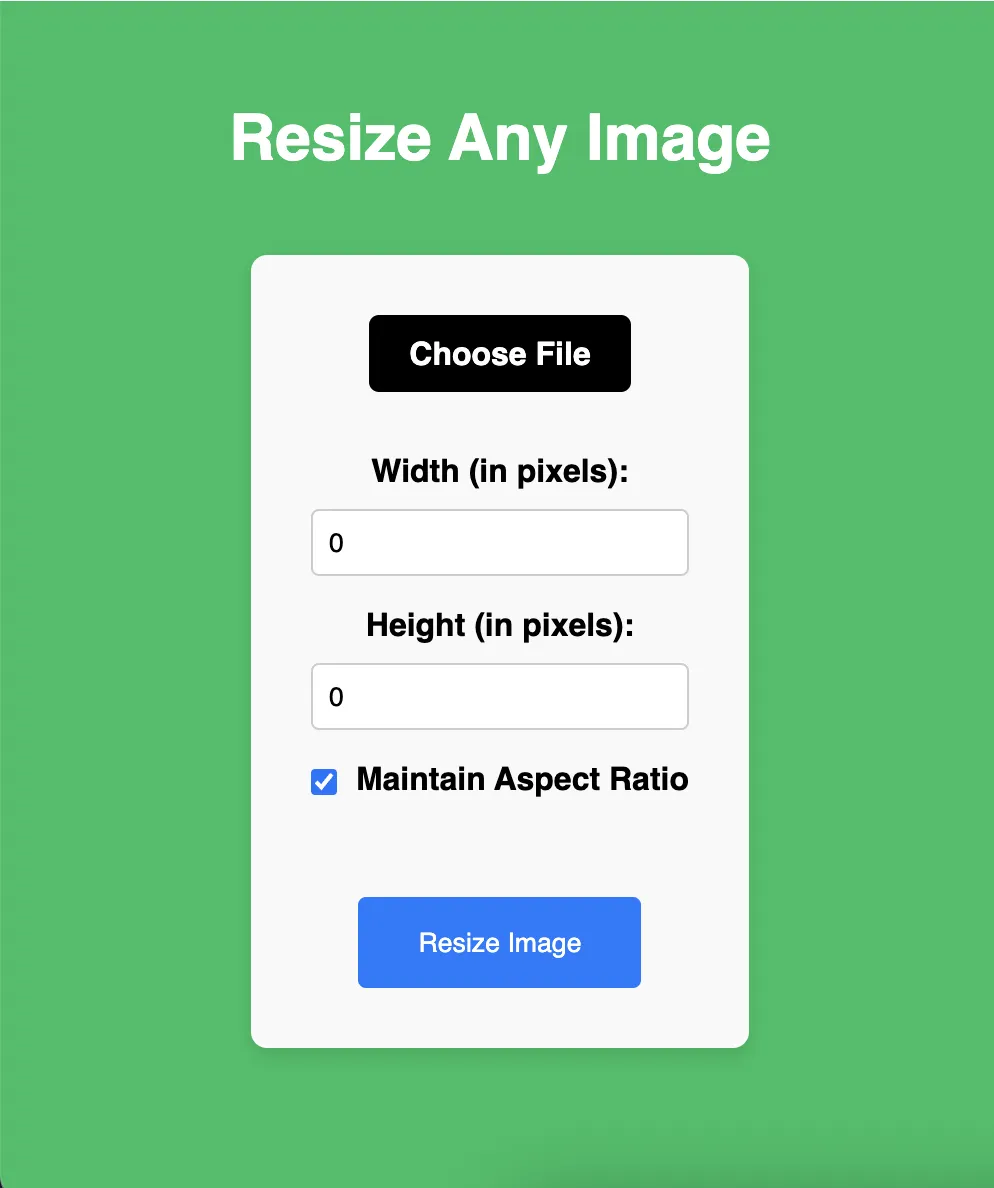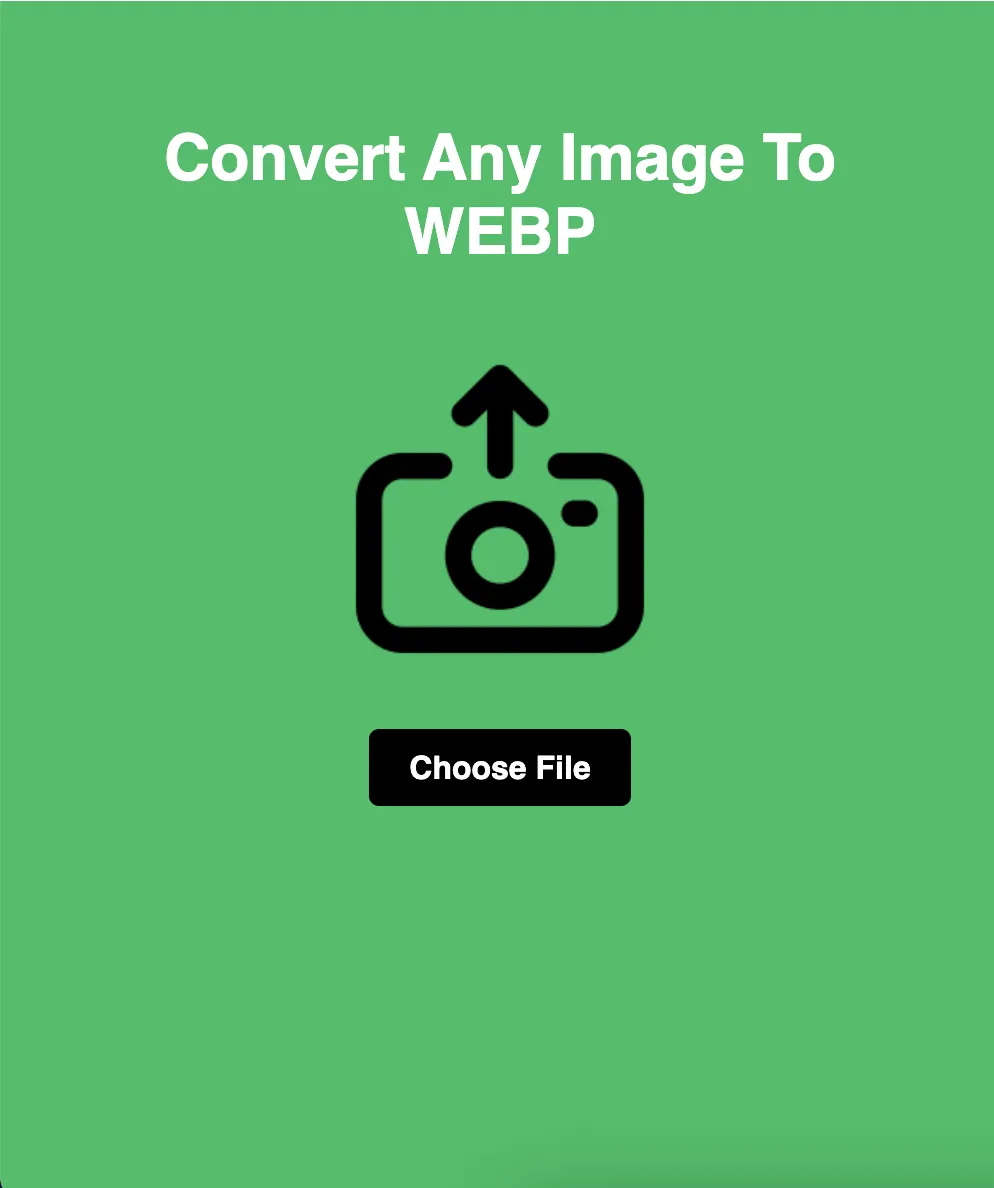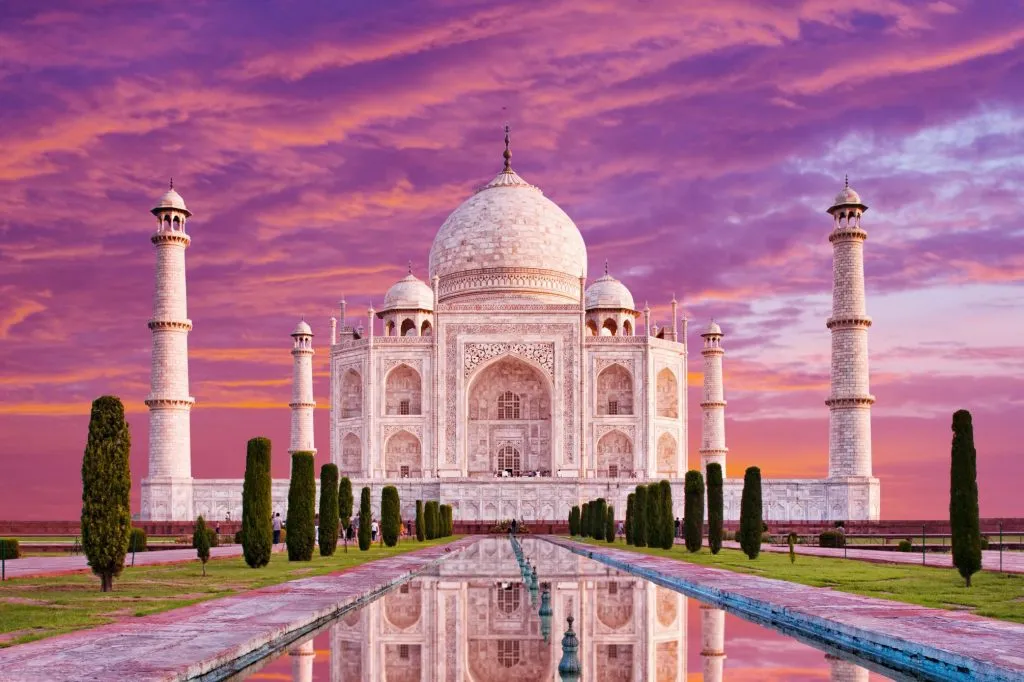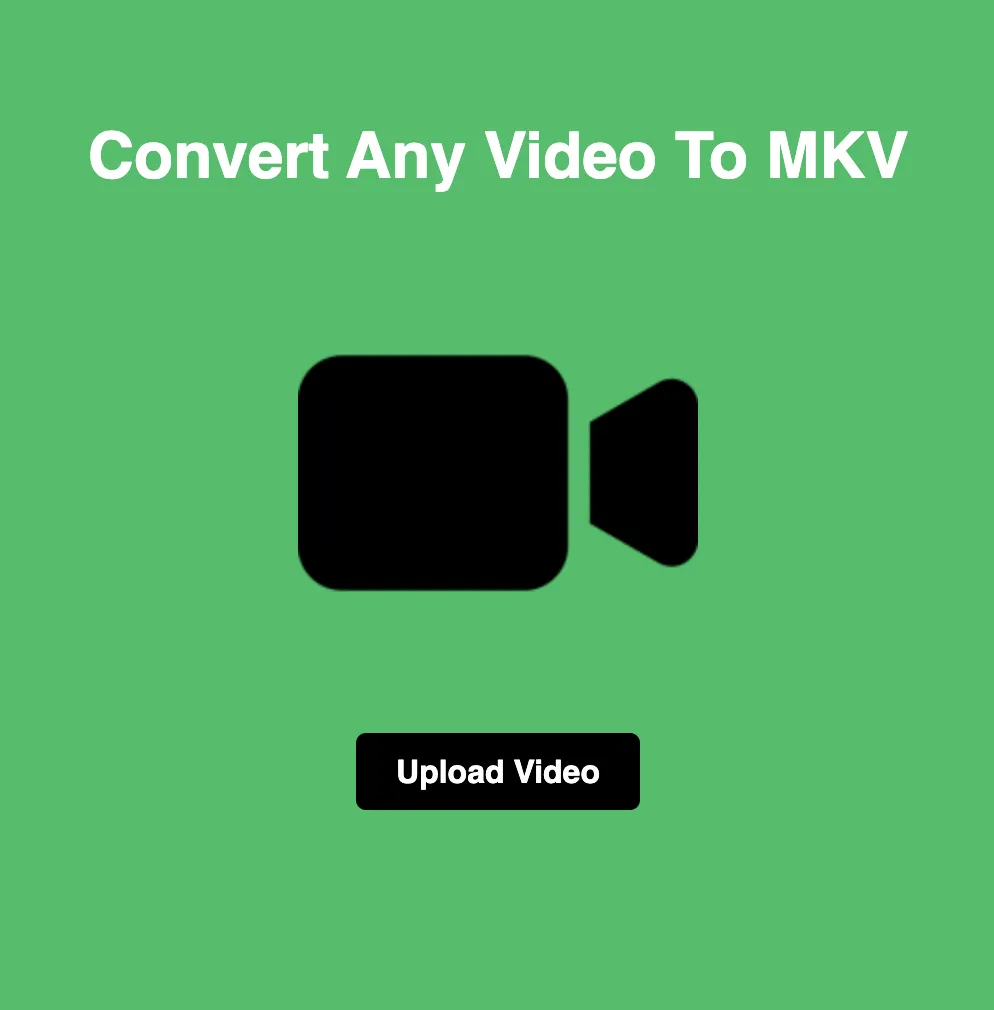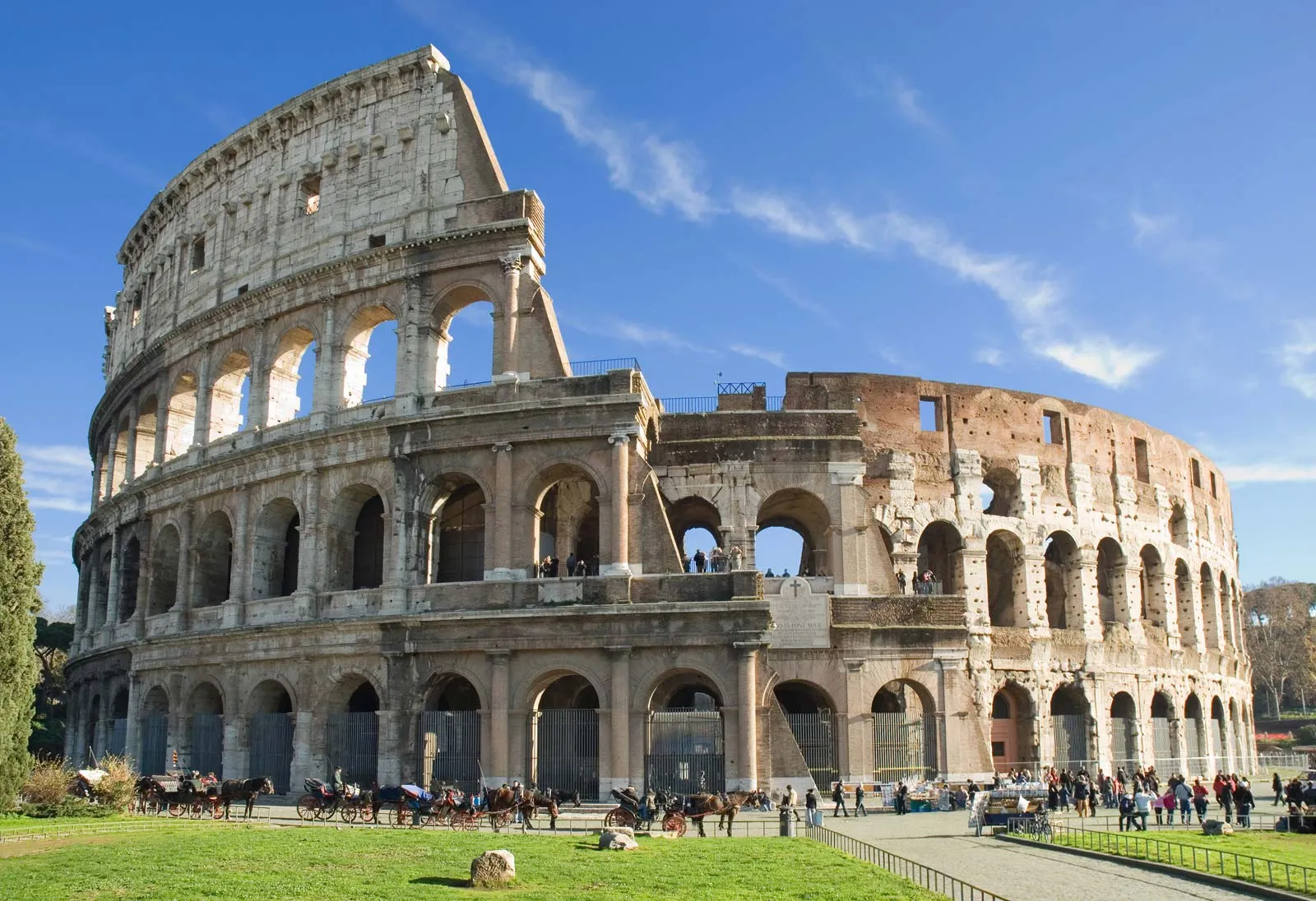
PNG vs WEBP : Select the Right Image Format
When it comes to image formats, PNG (Portable Network Graphics) and WEBP are two popular options known for their efficient compression and support for transparency. However, understanding the differences between PNG and WEBP is essential for optimizing image quality and performance on websites and digital platforms. In this blog, we'll compare PNG and WEBP, exploring their features, advantages, and use cases to help you make informed decisions about image optimization.
PNG: A Staple for Transparency and Lossless Compression
PNG, short for Portable Network Graphics, is a versatile image format widely used for its support for transparency and lossless compression. Developed as an alternative to GIF (Graphics Interchange Format), PNG offers superior image quality and smaller file sizes while preserving transparency. Key features of PNG include:
Transparency: PNG supports alpha channel transparency, allowing for precise control over transparent areas of an image. This makes PNG ideal for logos, icons, and graphics with transparent backgrounds, ensuring seamless integration with different backgrounds and web designs.
Lossless Compression: Unlike JPEG, PNG uses lossless compression, meaning that no image data is lost during compression. This preserves image quality and detail, making PNG suitable for images with sharp edges, text, and graphics where clarity is essential.
Wide Support: PNG is widely supported across various platforms, browsers, and image editing software, making it a preferred choice for web developers, graphic designers, and content creators.
WEBP: Google's Solution for Efficient Compression
WEBP is a modern image format developed by Google, designed to offer superior compression and faster loading times compared to traditional formats like JPEG and PNG. Key features of WEBP include:
Efficient Compression: WEBP employs advanced compression techniques, including lossy and lossless compression, to reduce file sizes without compromising image quality. This results in smaller file sizes and faster loading times, improving website performance and user experience.
Animation Support: In addition to static images, WEBP also supports animation, making it a versatile format for displaying animated content such as banners, ads, and interactive elements on websites and digital platforms.
Transparency Support: Similar to PNG, WEBP supports transparency through alpha channel encoding, allowing for the creation of images with transparent backgrounds. This makes WEBP suitable for logos, icons, and graphics requiring transparency.
Comparing PNG and WEBP:
Now, let's compare PNG and WEBP based on various factors:
Image Quality: Both PNG and WEBP offer excellent image quality, but PNG excels in preserving sharp edges and text, making it ideal for graphics with fine details. WEBP's compression algorithms may result in slight loss of detail, particularly in images with complex textures or gradients.
File Size: WEBP typically produces smaller file sizes compared to PNG, thanks to its efficient compression techniques. This makes WEBP more suitable for web use, where fast loading times and bandwidth optimization are crucial.
Transparency: Both formats support transparency, but PNG's alpha channel transparency is more widely supported and offers better compatibility across different platforms and browsers.
Animation: While PNG is limited to static images, WEBP supports animation, providing greater flexibility for creating dynamic and interactive content.
Conclusion:
In conclusion, the choice between PNG and WEBP depends on your specific requirements and priorities. If you prioritize image quality and need precise control over transparency, PNG is the preferred format for graphics, logos, and images with sharp edges. However, if file size and web performance are critical factors, WEBP offers efficient compression and faster loading times, making it suitable for web use and digital media.
Ultimately, understanding the strengths and weaknesses of each format will help you select the most appropriate option for your projects. Whether you opt for the versatility of PNG or the efficiency of WEBP, both formats play vital roles in optimizing image quality and performance on websites, digital platforms, and online content.


